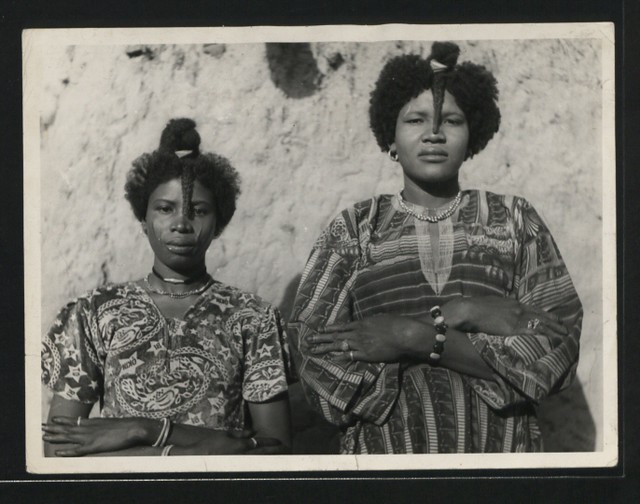The Brooklyn Museum’s project Split Second aims to explore how an audience’s initial reaction to a work of art is affected by various factors. It begins with an online, interactive experiment and will culminate in a small installation of Indian paintings from the permanent collection.
Split Second begins with a three-part activity that explores the Museum’s collection of Indian paintings… The first stage explores split-second reactions… Next, participants will be asked to write in their own words about a painting before rating its appeal on a scale. In the third phase, participants will be asked to rate a work of art after being given unlimited time to view it alongside a typical interpretive text. Each part of the exercise aims to examine how a different type of information—or a lack thereof—might affect a person’s reaction to a work of art.
The installation will open on the museum’s second floor on July 13, 2011. To participate, visit the Split Second website.

